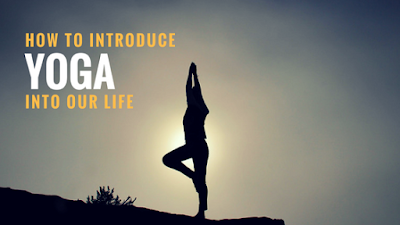Yoga is a subtle science, belonging to the spiritual
realm. In this article, in order to make our self familiar with the subtlety of
yogic knowledge, we will focus on Shiva, the originator of Yoga. Understanding Shiva, the Adi Yogi or
first yogi, the Adi Guru or the first guru can be of great help for Yoga
students to grasp the essence of Yoga and spirituality.
Shiva means the infinite consciousness or the
disembodied being. He is the vast nothingness beyond any physical form. Spirituality
means seeking beyond the physical boundaries. This seeking into the vast
disembodied being or Shiva is the doorway to the vast possibilities that lies
within the confines of our embodied self. There is no way to reach this
dimension without surrendering our awareness attached to our body or any other
physical object. When we consciously reach out to this non-physical dimension
in a methodical way, it becomes Yoga. Whole science of yoga teaches us that
there is a mechanism to transcend the physical limitations to go into the beyond.
A slight experience of this realm beyond the physicality is enough to create
the magnificent transformation in an individual’s life. http://aksharayogaschool.com/
In the embodied form, Shiva is not the God but the
first Yoga teacher who disseminated the knowledge of Yoga to his few selected
students, who further went on the spread this knowledge of Yoga. What Shiva
taught was not knowledge of civilizational descent or thought process.
It was his revelations and immense inner experiences of his being. Similarly,
the way he instructed was not through theories or intellectual process, but the
transmission of energies and vibrations.
Therefore, Yoga is not a religion or philosophy or
cult. It is a technology made available by Shiva to use by everyone for his
or her inner wellbeing. Whether we believe in something or not, if we
practice Yoga this technology will work for us. This is just like any other
technology that work for us irrespective of our backgrounds, thought process or
belief systems. http://aksharayogaschool.com/best-yoga-teacher-training-in-india/
If we look into the life of Shiva we find that he was
someone who breaks himself free of all traditions and value system. On physical
plane he was not caught with the conflict of good or bad and took whatever
comes his way with all delight and seems to be in great intoxication
with his material enjoyments. Yet he was fully aware of his Shiva aspect of infinite
awareness beyond the physical world. As a perfect master Shiva has
shown that spiritual process is completely independent of morals, culture and
dualities of all kinds.
That is why Shiva chose Mount Kailash in the
Himalayas as his abode. This high altitude abode suggests that he progressively
went on shedding all associations, notions and ideas that are imposed by the
civilizational or cultural process. A person of Shiva’s caliber only can
embrace Yoga in its entirety. Visit us here for Yoga http://aksharayogaschool.com/yoga-vacation/


































